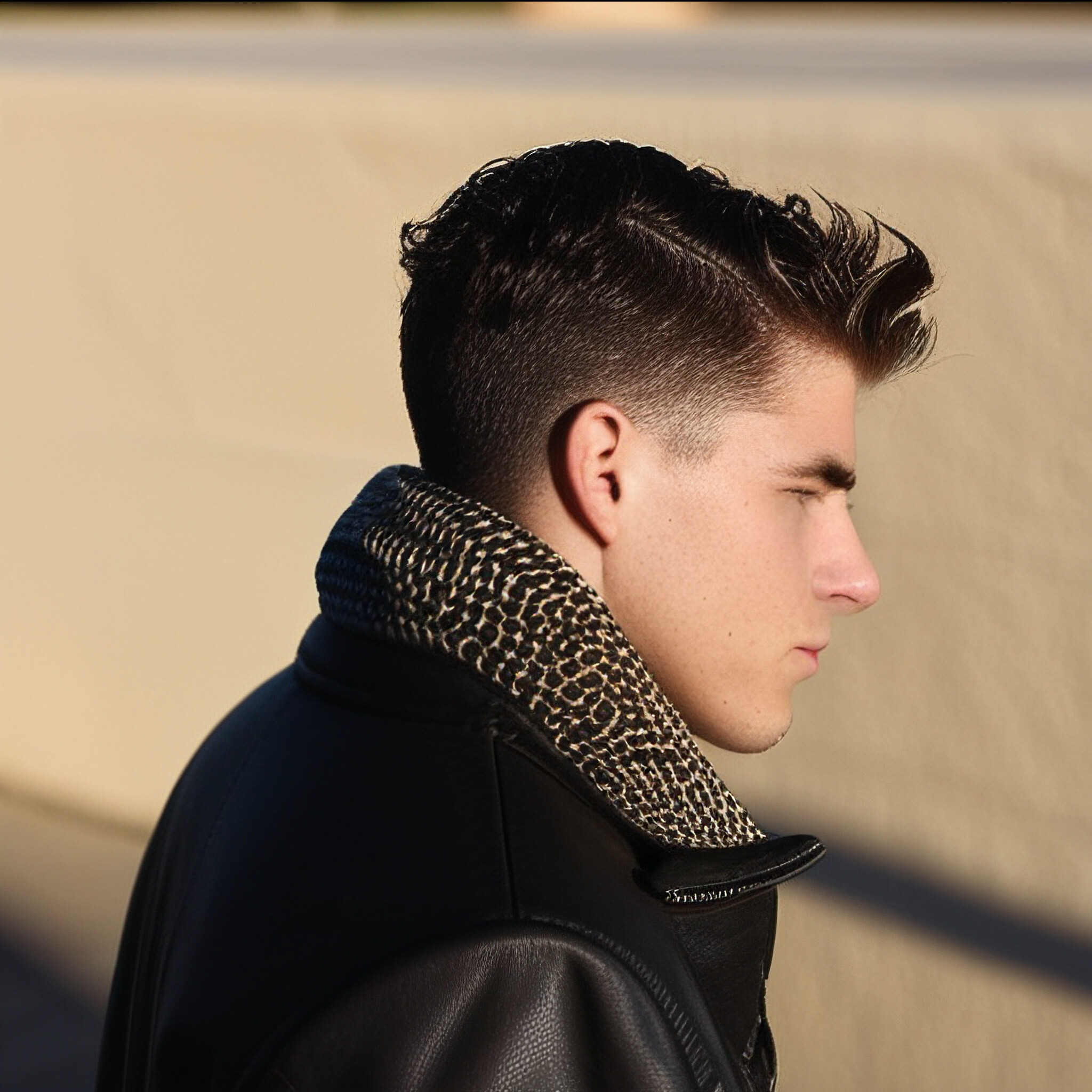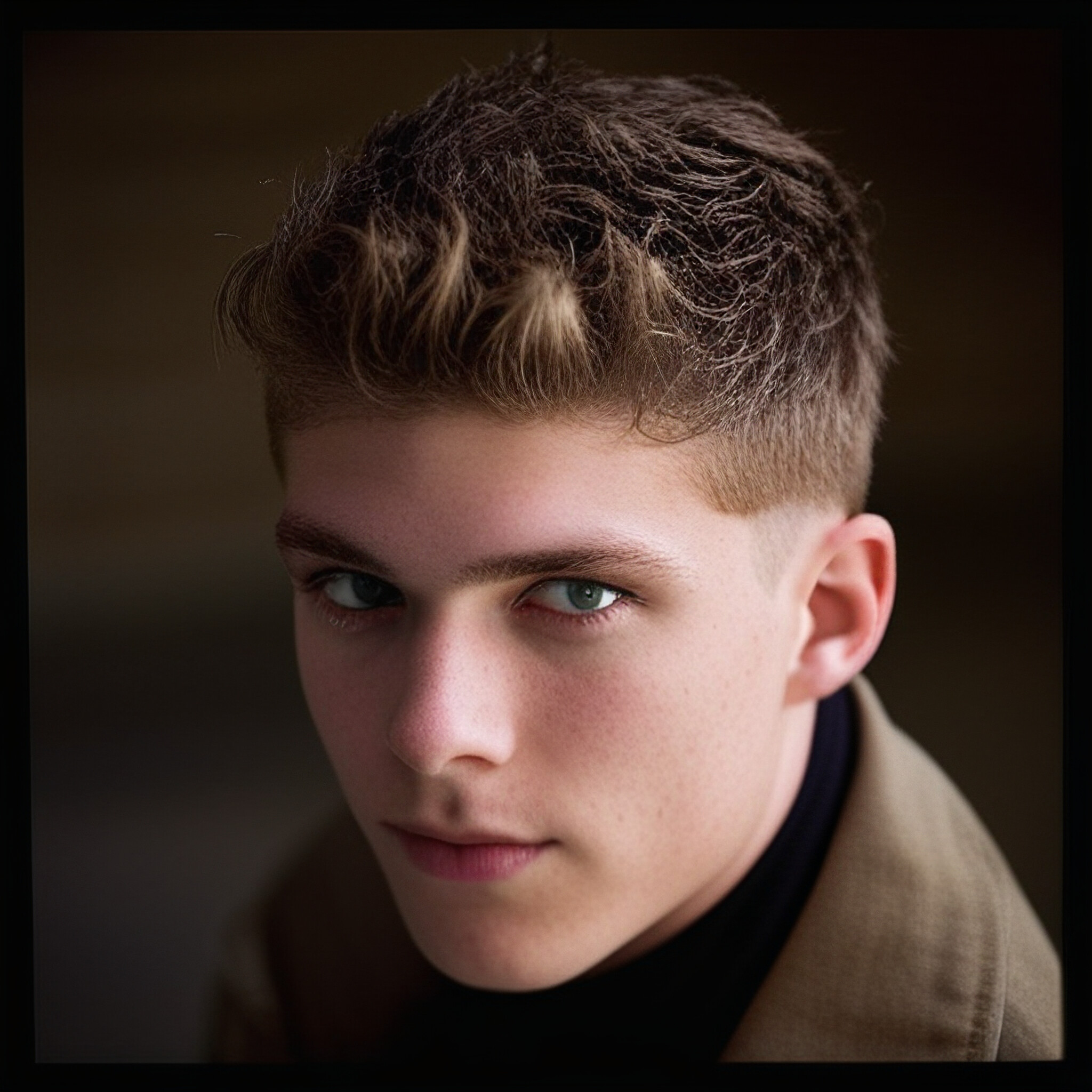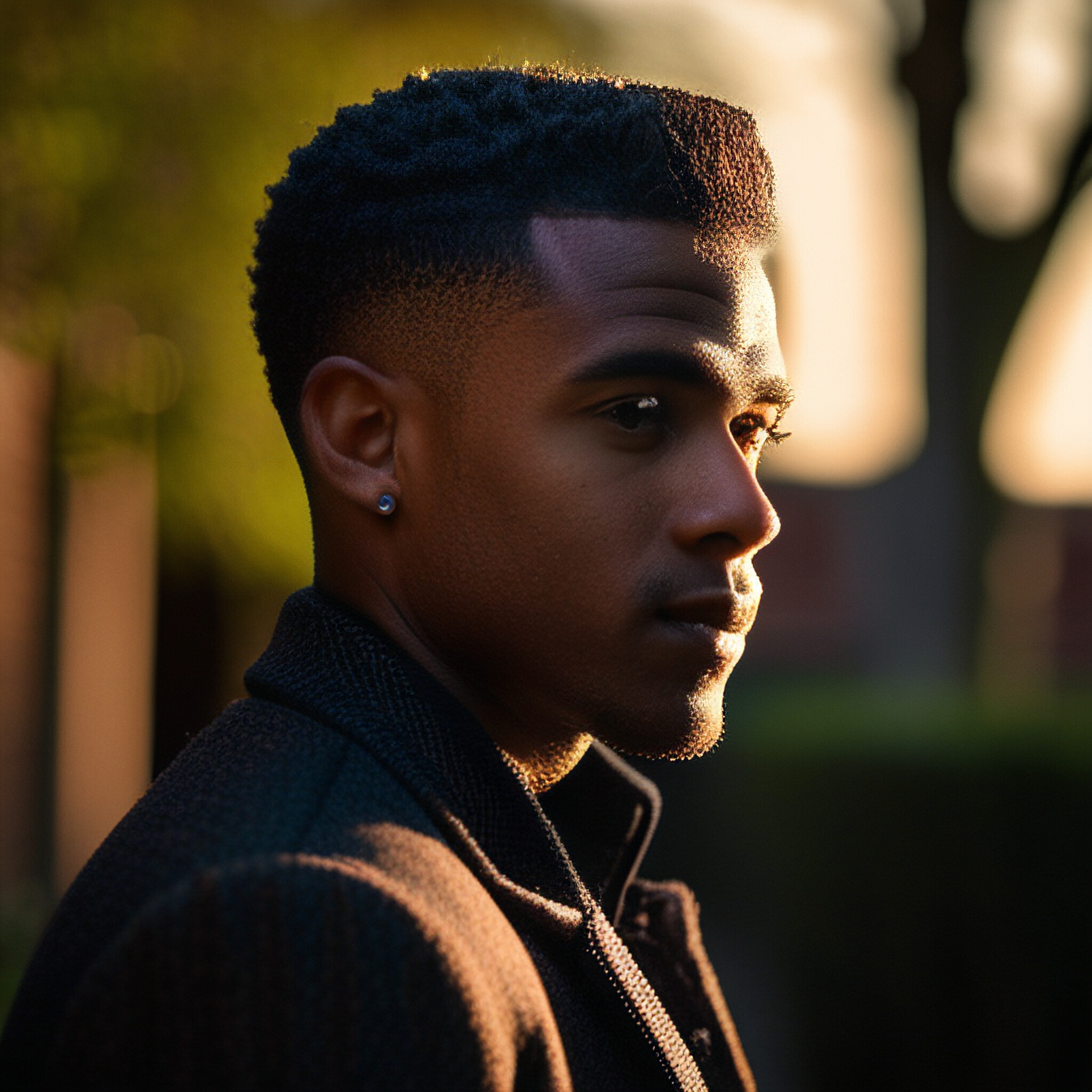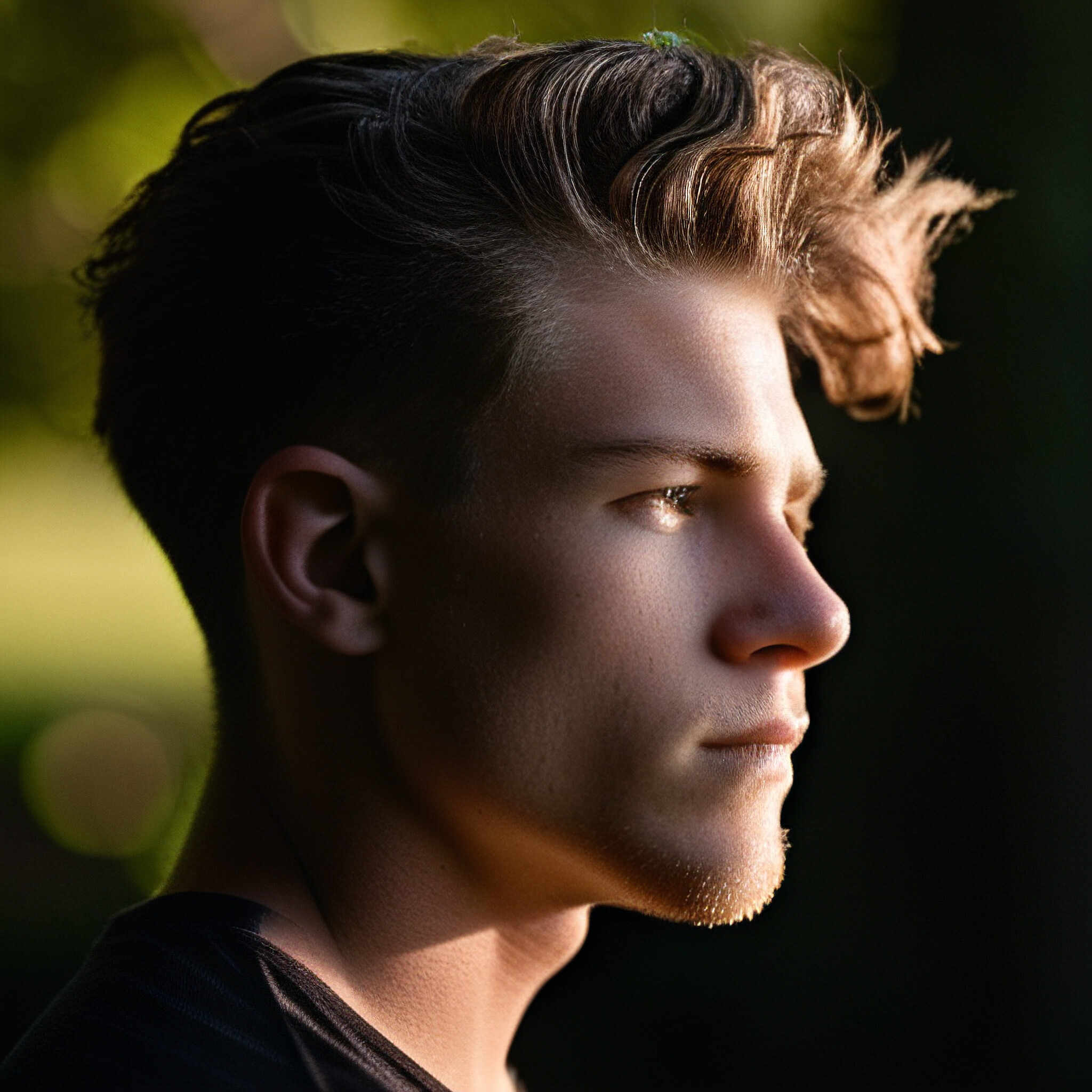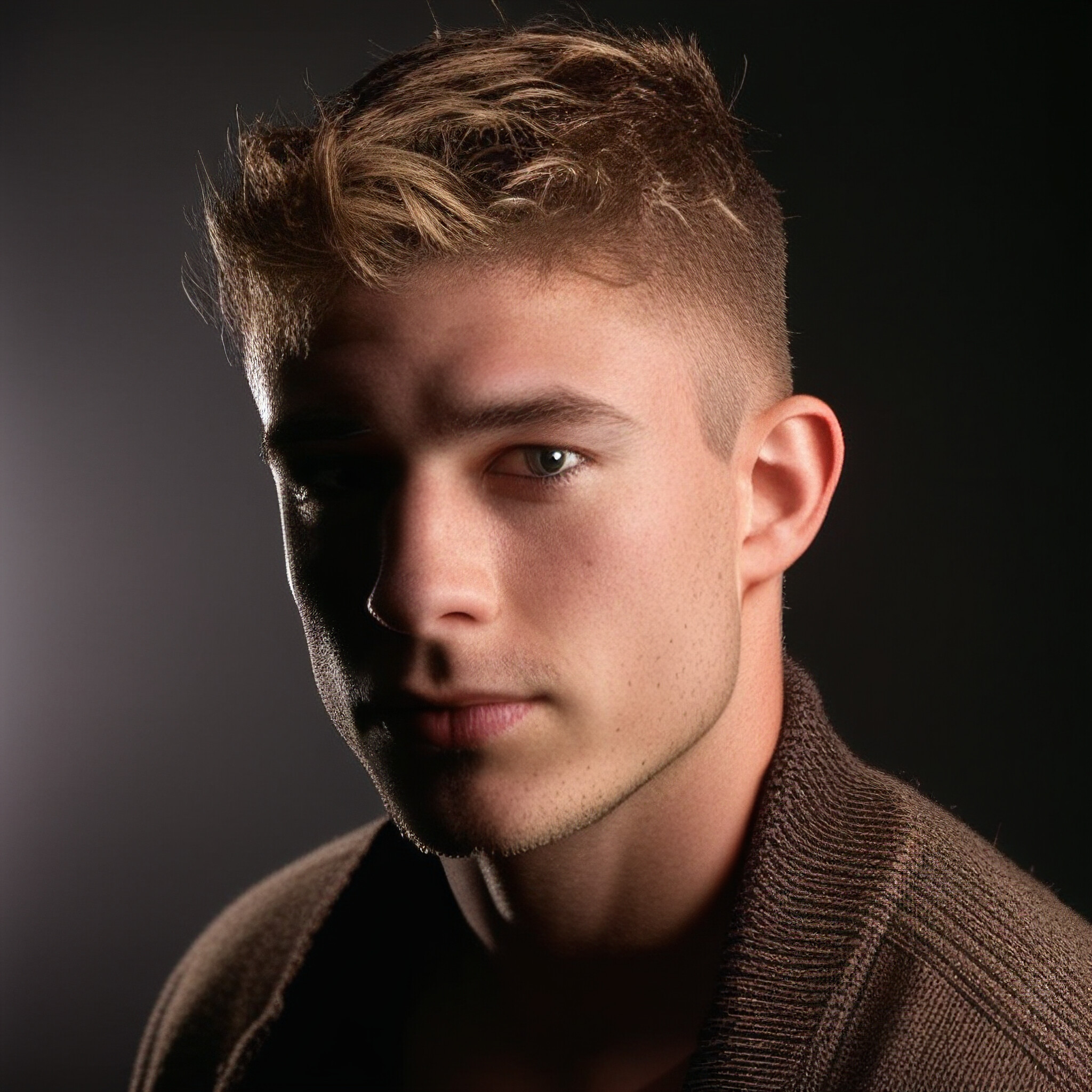When it comes to choosing the perfect fade haircut, two of the most popular options are the low fade and mid fade. Both styles provide a clean, sharp look, but they differ in how high the fade goes and the overall vibe they give. The decision between a low fade and a mid fade depends on your personal style, face shape, and the look you want to achieve. In this article, we’ll break down the differences between these two fades and help you decide which one suits your style best.
What is a Low Fade?
A low fade is a haircut where the fade begins just above the ears and gradually fades down to the neckline. The transition from longer hair on top to the shorter sides and back is smooth and subtle, making it a classic and versatile option. The low fade is typically preferred by those looking for a more understated, sophisticated look.
Characteristics of a Low Fade:
The fade starts just above the ears, usually around the lower part of the temple.
The length of hair on the sides is kept fairly short but with a smoother, more gradual transition.
It is often paired with longer hair on top, allowing for various styling options, such as pompadours, textured crops, or comb-overs.
What is a Mid Fade?
A mid fade is a more versatile and balanced fade style that starts higher on the head, typically around the temple or midway between the ears and the crown. The mid fade offers a slightly more dramatic look compared to the low fade, as it has a more noticeable contrast between the top and the faded sides.
Characteristics of a Mid Fade:
The fade starts around the middle of the head, typically at the temple.
The transition from the longer hair on top to the faded sides is more noticeable and creates a sharper contrast.
It works well with a variety of hairstyles on top, from slicked-back styles to messy, textured looks.
Low Fade vs. Mid Fade: Key Differences
While both fades are trendy and stylish, their key differences lie in where the fade starts and how pronounced the transition is. Here’s a breakdown of the major distinctions:
1. Fade Height and Placement
Low Fade: The low fade starts closer to the ears and nape of the neck, giving it a more subtle, classic appearance. It works well for those who prefer a more conservative style.
Mid Fade: The mid fade starts higher on the head, around the temple or halfway between the ear and crown. This gives it a more modern, edgier look compared to the low fade.
2. Contrast and Definition
Low Fade: The contrast between the top and sides is softer and less noticeable. The fade is more gradual, which gives the look a clean but understated feel.
Mid Fade: The contrast between the top and sides is sharper and more pronounced. This fade gives a more defined and bold appearance, making it stand out more than the low fade.
3. Versatility
Low Fade: A low fade is highly versatile and works well with most hair types and lengths. It’s great for those looking for a professional or polished look, but it can also work with more casual or textured hairstyles.
Mid Fade: The mid fade is also versatile but tends to lend itself more to bolder, more contemporary looks. It pairs well with hairstyles that have more volume or structure, such as quiffs, pompadours, or spiked hair.
4. Face Shape Consideration
Low Fade: The low fade works well for individuals with round or square faces, as the softer fade can help balance out angular features or soften the appearance of a round face. It can also make a wider jawline appear more balanced.
Mid Fade: A mid fade is perfect for those with oval or heart-shaped faces, as the more defined fade can help add structure to the face and create a sharper look.
Which Fade Suits Your Style?
Choosing between a low fade and a mid fade ultimately comes down to personal style and the look you’re going for. Here’s a guide to help you decide:
Choose a Low Fade if:
You want a classic, subtle style that’s easy to maintain.
You prefer a more understated, professional appearance.
You have a round or square face and want to soften your features.
You like the idea of pairing the fade with longer, textured hair on top for a versatile look.
You’re looking for a fade that transitions gradually without too much contrast.
Choose a Mid Fade if:
You want a more modern, edgy look with a noticeable contrast between the top and sides.
You have an oval or heart-shaped face and want to add structure.
You enjoy experimenting with different hairstyles, such as slicked-back hair, quiffs, or pompadours.
You want a fade that stands out and creates a bolder, sharper appearance.
You’re looking for a fade that can be styled in a variety of ways, adding volume and definition to your hair.
Conclusion
Both the low fade and mid fade are fantastic choices for anyone looking for a stylish, modern haircut. The low fade offers a more subtle, classic look, while the mid fade is bolder and edgier. To determine which fade suits your style, consider your face shape, the look you want to achieve, and how much contrast you want between the top and sides. Whether you prefer a more understated appearance or a sharp, defined style, there’s a fade for everyone. Don’t hesitate to consult your barber for advice on which fade best suits your hair type and face shape, and experiment with different looks to find the one that feels most "you."
